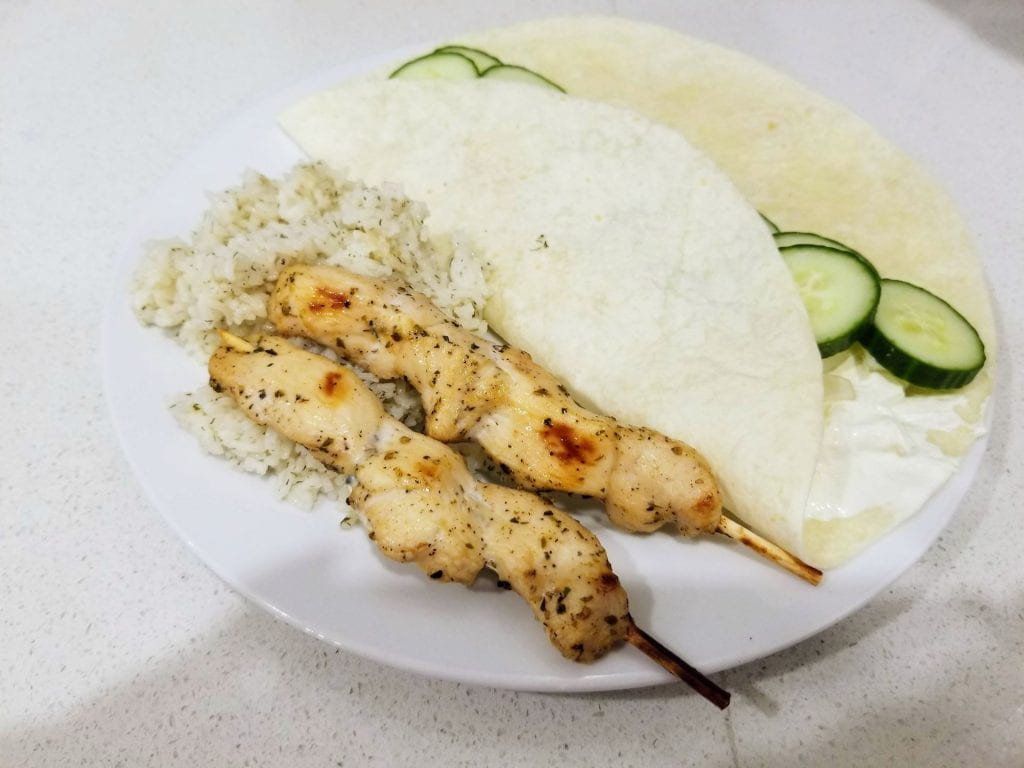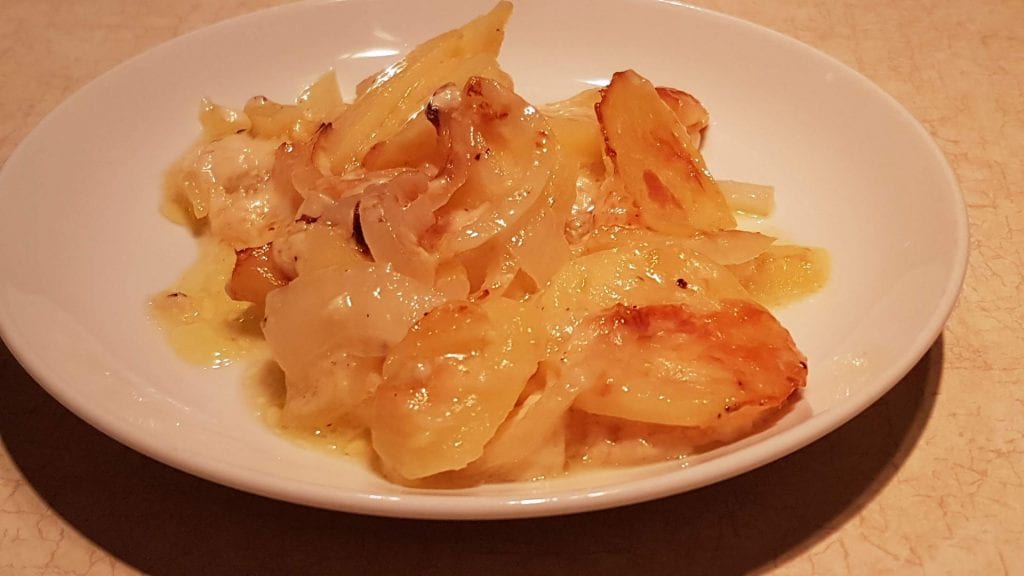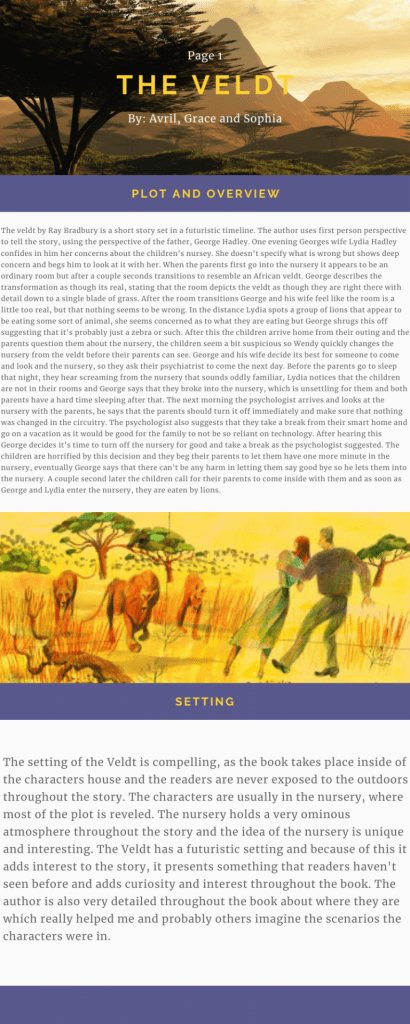
This week I made souvlaki. The ingredients all went well together and it tasted really good. I especially liked the rice because I added dill seasoning while it was cooking. I think this really helped make the meal taste fresh. I didn’t use a recipe but it was really easy to make. I started by prepping all of the vegetables and measuring ingredients. Next I started baking the chicken, when it was half way I started the rice cooker. When everything was done cooking I assembled the souvlaki and they were done. If I was to make this again, I would buy more ingredients. For this lab we were trying to save food so I didn’t use as many ingredients as I usually do. A challenge I faced was flipping the chicken; it was really hot and slippery so that made it a bit tricky to flip, but with patience and carefulness I was able to flip them all. My greatest success for this dish is the end product; individually these ingredients are kind of plain but when I put them together they tasted really good and made a meal. Overall this whole experience made me proud because I have only done this before once or twice a long time ago so its nice to make it again.











